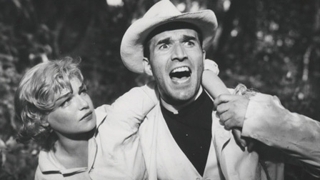A quick mention: The Royal Society, the UK’s national academy of science, will celebrate next year its 350th anniversary. To mark the occasion, a team of scientists and historians have launched a new web site called “Trailblazing,” and it essentially lets you take a virtual tour through three and a half centuries of scientific discovery (1660–2010). Moving at your own pace, you can review key scientific discoveries (some of them famous, some of them less so) and read corresponding commentary on each one. Quite nicely, all of the commentary can be downloaded via one big PDF file. (It runs about 110 pages long.)
Thanks to Phantom Engineer for the tip here. And thanks all for the many leads I’ve received lately. They’re all really appreciated, and they frankly make the site much better. Keep ’em coming.
 A quick note for US readers: Right now,
A quick note for US readers: Right now, 
